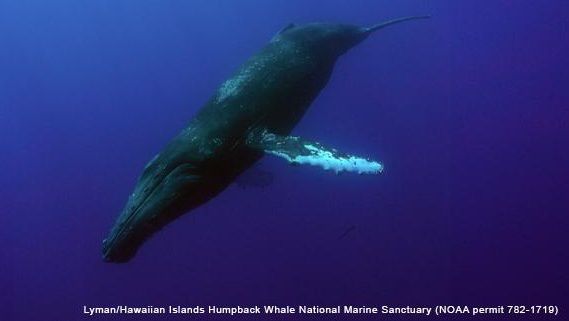Researchers at the University of Hawaii listened to whale songs and watched their movement, discovering that while the marine mammals are in Hawaii, they move away from shore throughout the day and return to the nearshore in the evening.
“Singers may be attempting to reduce the chances of their song being drowned out among the cacophony nearshore when whale numbers are high,” said Anke Kügler, who was a lead author of the study, according to a UH news release. “Further, we documented humpback whales moving closer to shore around sunset, possibly to avoid the offshore evening chorus of other animals.”
The researchers, who worked in partnership with NOAA’s Hawaii Islands Humpback Whale National Marine Sanctuary, published their findings in “Royal Society Open Science.”
Whale songs are believed to be important for breeding. The study provides insight into how male whales navigate an environment with acoustic commotion. Researchers identified potential reasons for the whales' daily onshore-offshore migrations, including that nearshore environments are too crowded with whales during the day and offshore areas are too noisy with sounds from other animals in the evening.
“Discussions of noise pollution related to marine mammals have been dominated by concerns over anthropogenic noise,” said Kügler. "How natural sounds, including from other humpback whales, may interfere with their singing has been mostly overlooked. Humpback whales rely on acoustic signals. We explored possible causes of the observed patterns, which helps us understand how these whales adopt behavioral strategies that reduce interference from loud environments."








